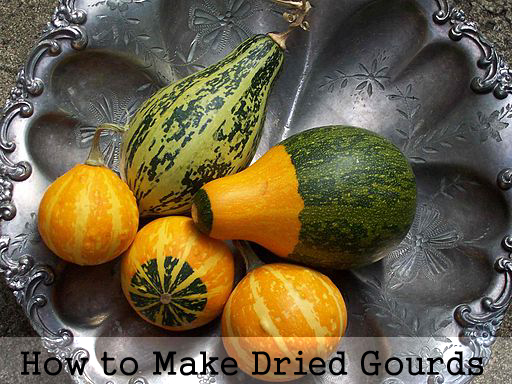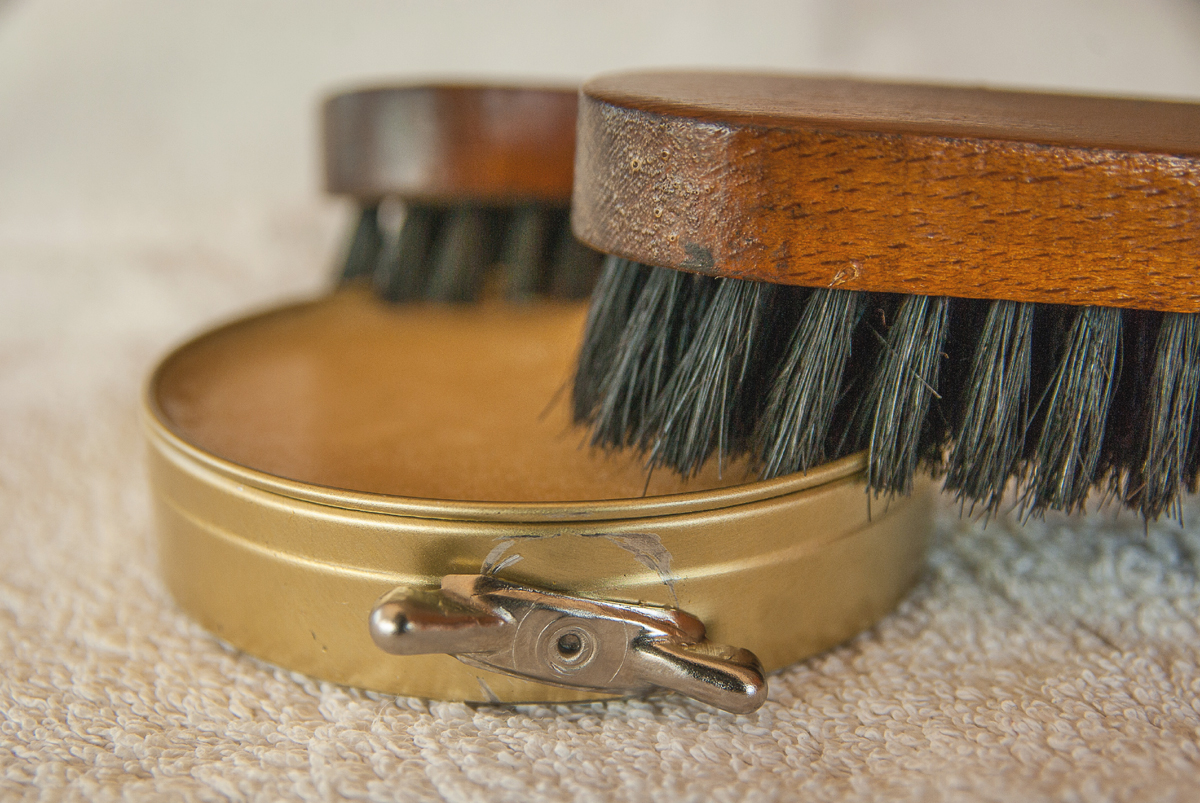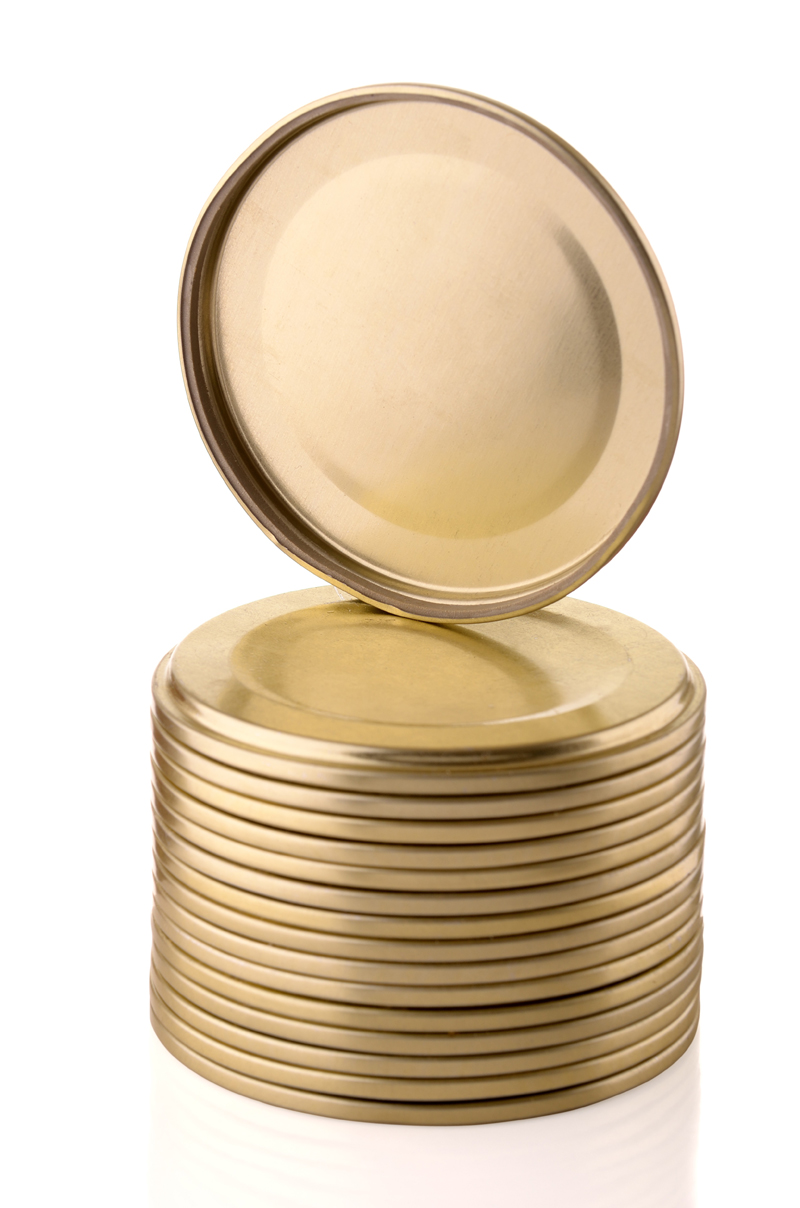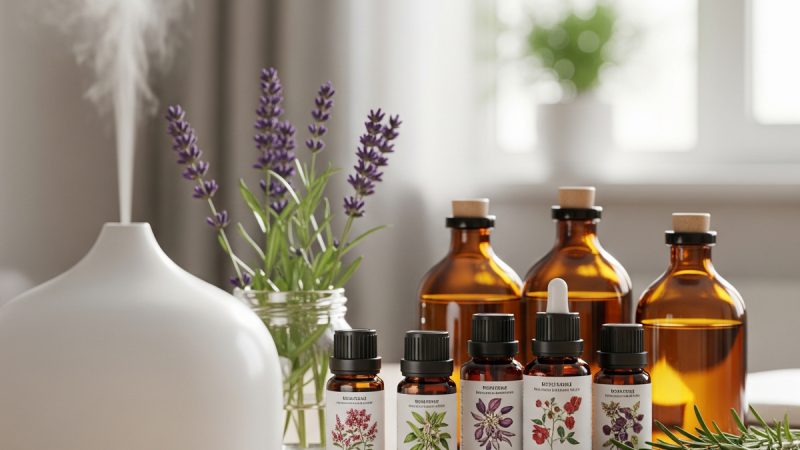How to Make Dried Gourds

Dried gourds are very desirable in the crafting community. Dried gourds have been used to make bird houses, bird feeders, utensils, musical instruments, and various other forms of art mediums. Dried gourds can be purchased or you can dry fresh gourds yourself. Whether you wish to grow your own gourds and dry them or purchase dried gourds find out more.
Dried Gourds
Dried gourds are very desirable in the crafting community. Dried gourds have been used to make birdhouses, bird feeders, utensils, musical instruments, and various other forms of art mediums. They can be purchased or you can dry them yourself. Whether you wish to grow your own gourds and dry them or purchase dried gourds you will have endless crafting opportunities at your finger tips.
Grow Gourds
Gourds are grown much like pumpkins or squash. They prefer warm weather and plenty of fertilizer. Gourds plants do not fare well with frost, therefore gourds should be planted after the last spring frost. Gourds themselves are not affected by frosts, but young seedlings will likely die. The soil in which you plant your gourds should be well drained and kept moist. They are climbing plants; smaller, ornamental gourds grow well on fences, trellises, or even in containers. The perk of fence growing is they will have less blemishes (flat spots, discolored areas) since there is little to no contact with the ground. The larger, harder shelled gourds may want to be kept on the ground since the weight may cause the gourd to break from the vine is suspended.
Gourd plants have a significantly long growing season. The hard-shelled varieties on average take between 110-135 days to mature.
Harvesting
Gourds should be harvested in the fall after the first frost. Frost will not harm a mature crop. Leave as much stem as possible when harvesting gourds, stems can always be cut to the desired length later. Some growers who use their gourds for crafting purposes leave their gourd outside on the ground all winter, allowing nature to dry them. It is believed that by allowing gourds to dry naturally there are less problems with mold.
Before harvesting they should be “hardened”, by discontinuing water and fertilization, allowing them to ripen and harden. You will know your gourds are ready to harvest when they are brown and the stems are dried.
Drying Gourds
Once you have acquired fresh, ripe gourds you can begin the drying process. It is debatable which method of drying is better, hanging or leaving them on the ground. As mentioned earlier, some growers believe that leaving them on the ground all winter decreases the risk of mold. Other prefer to hang their gourds, make certain that the fruit dries evenly and has less of a chance of developing rotten spots due to contact with the moist ground. If you choose to hang your gourds, first clean the gourds with a mild bleach solution. Then hang them in a dry, well ventilated room with sufficient air movement. It takes a few months to dry completely. Since gourds do not change appearance after drying, you will know they are dried by gently tapping the shell. If when tapped the gourd makes a hollow sound the fruit has dried. You can also shake the gourd to listen for a rattling sound of the seeds, only happening once dried. Some may develop mold while drying. This mold can be easily removed by again cleaning them with a mild bleach solution.
Cleaning Dried Gourds
After the gourds are dried, they must be cleaned before use. How the gourd will be cleaned depends on the future use. If only the exterior surface of the gourd is going to be used, the outer surface should be cleaned with soapy water. If stubborn mold remains, it can be scrubbed off with sandpaper and/or a rounded knife. As mentioned previously a mild bleach solution can also be used to remove persistent mold. If you wish to hollow out the inside of the gourd and expose the interior surfaces, first it needs to be cut open and the seeds and dried pulp removed. Clean interior and exterior portions with soapy water or bleach solution. Once the gourds are cleaned they must be allowed to fully dry. Now that you have dried gourds the polishing, painting, carving, and decorating can begin!
Dried Gourds as Art
Dried gourds have been used as an art medium for many years. Originally, the shells were hollowed and used for bowls, bottles, or utensils. Eventually, they were also used as musical instruments, birdhouses, canteens, vases, etc. Now the use is very wide spread. Dried gourds are used by crafters, artists, musicians, and home decorators.
The Author:
Amy Bew is a stay at home mom/military wife. I have two kids and a husband who is an officer in the Army. I have a BS from VCU and I am a certified Athletic Trainer, ATC. I have worked at a pharmacy and a physical therapy establishment. I have also been the athletic trainer for a private school in Williamsburg, VA. Currently I am consulting All Thing Active Online as their trainer and writing articles about various subjects I’m interested in.
Photo. Peter Woodard








